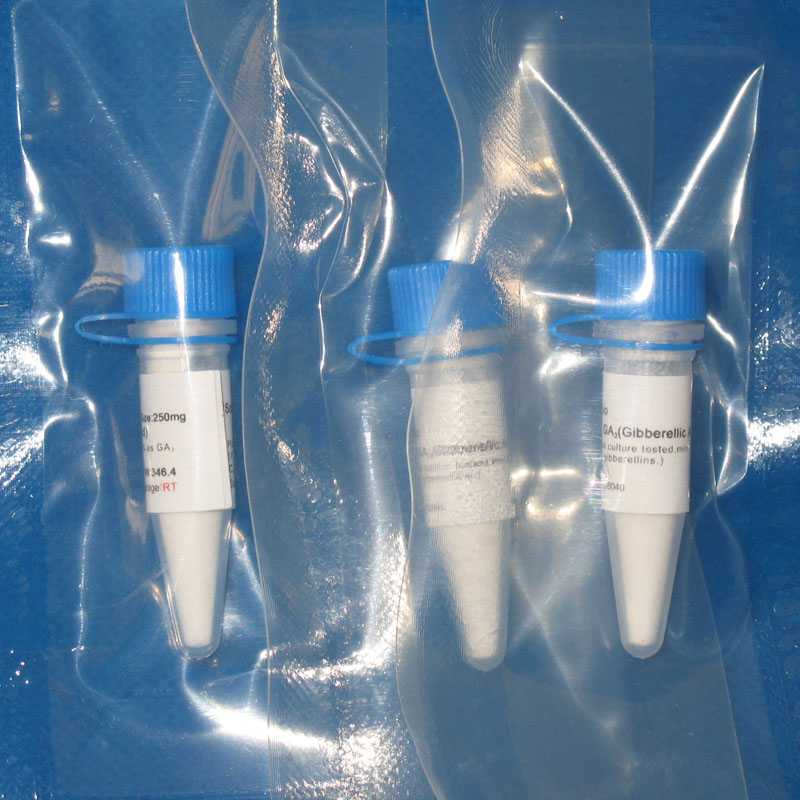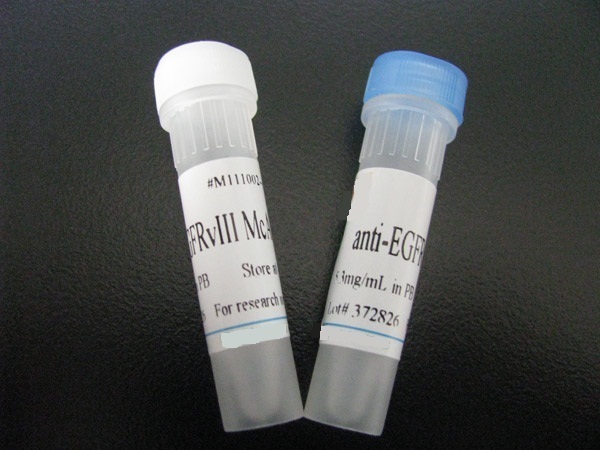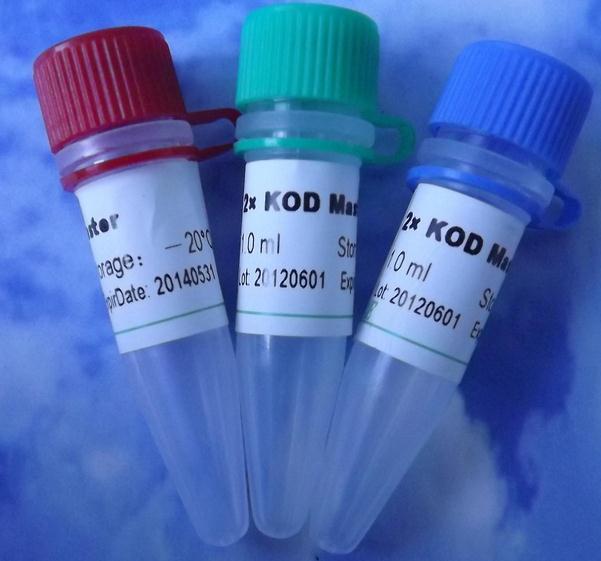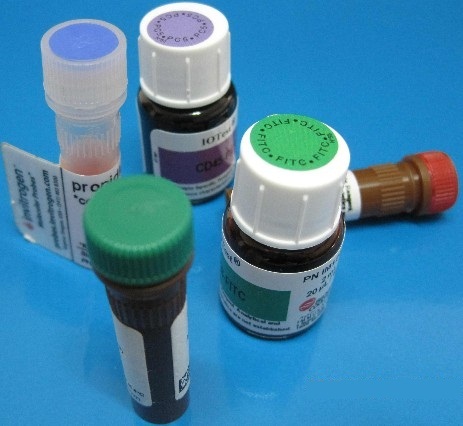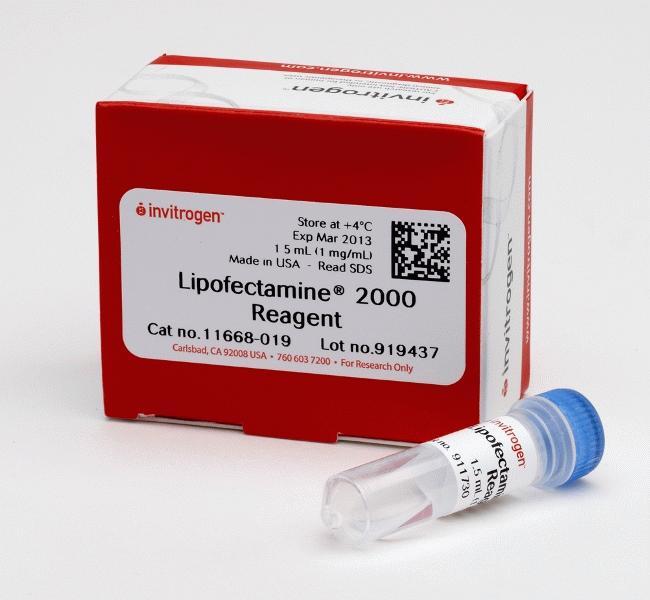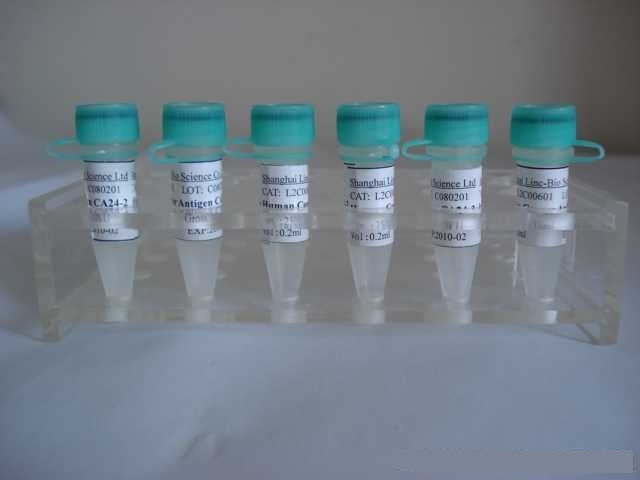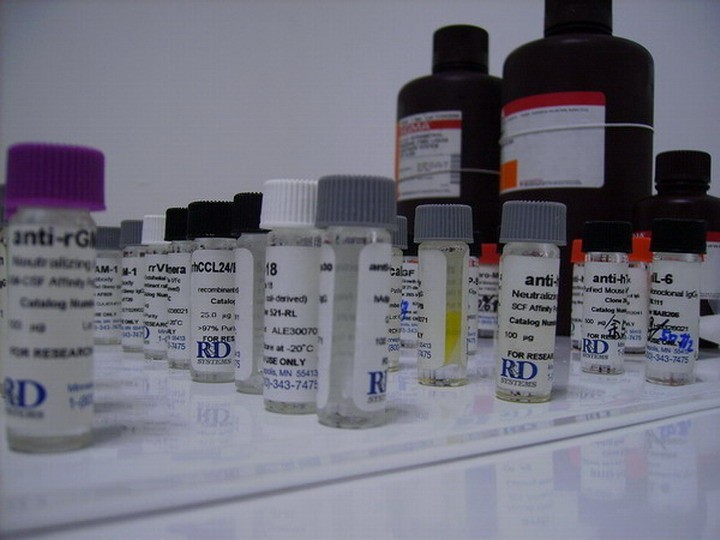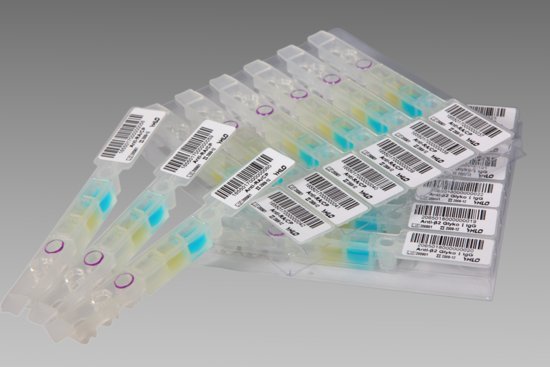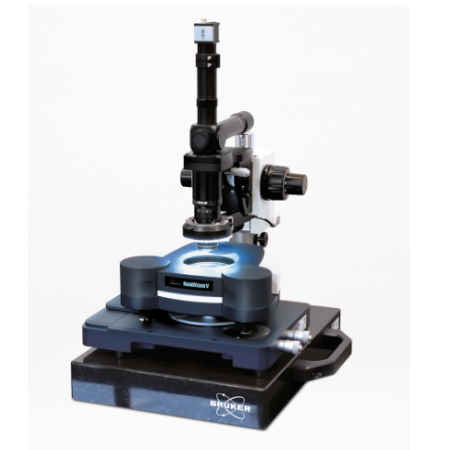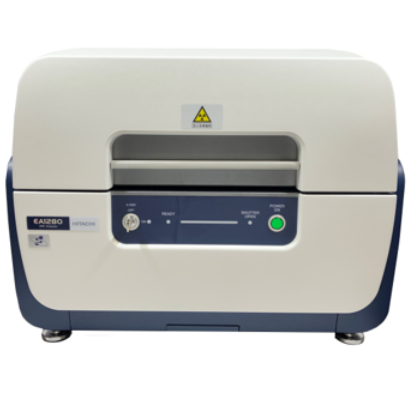抗体来源 Rabbit
克隆类型 polyclonal
交叉反应 Mouse, Rat
产品类型 一抗
研究领域 肿瘤 心血管 细胞生物 神经生物学 信号转导 细胞凋亡 转录调节因子 合成与降解
蛋白分子量 predicted molecular weight: 32kDa
性 状 Lyophilized or Liquid
免 疫 原 KLH conjugated synthetic peptide derived from mouse Apo E C-terminus
亚 型 IgG
纯化方法 affinity purified by Protein A
储 存 液 0.01M PBS, pH 7.4 with 10 mg/ml BSA and 0.1% Sodium azide
产品应用 WB=1:100-500 ELISA=1:500-1000 IP=1:20-100 IHC-P=1:100-500 IHC-F=1:100-500 IF=1:100-500
(石蜡切片需做抗原修复)
not yet tested in other applications.
optimal dilutions/concentrations should be determined by the end user.
保存条件 Store at -20 °C for one year. Avoid repeated freeze/thaw cycles. The lyophilized antibody is stable at room temperature for at least one month and for greater than a year when kept at -20°C. When reconstituted in sterile pH 7.4 0.01M PBS or diluent of antibody the antibody is stable for at least two weeks at 2-4 °C.
Important Note This product as supplied is intended for research use only, not for use in human, therapeutic or diagnostic applications.
载脂蛋白E抗体产品介绍 Apolipoprotein E, a main apoprotein of the chylomicron, binds to a specific receptor on liver cells and peripheral cells and is essential for the normal catabolism of triglyceride-rich lipoprotein constituents. ApoE exists in three major isoforms; E2, E3, and E4, which differ from one another by a single amino-acid substitution. Compared with E3 and E4, E2 exhibits the lowest receptor binding affinity. Defects in ApoE are a cause of hyperlipoproteinemia type III due to increased plasma cholesterol and triglycerides levels which are the consequence of impaired clearance of chylomicron and VLDL remnants.
Summary: Chylomicron remnants and very low density lipoprotein (VLDL) remnants are rapidly removed from the circulation by receptor-mediated endocytosis in the liver. Apolipoprotein E, a main apoprotein of the chylomicron, binds to a specific receptor on liver cells and peripheral cells. ApoE is essential for the normal catabolism of triglyceride-rich lipoprotein constituents. The APOE gene is mapped to chromosome 19 in a cluster with APOC1 and APOC2. Defects in apolipoprotein E result in familial dysbetalipoproteinemia, or type III hyperlipoproteinemia (HLP III), in which increased plasma cholesterol and triglycerides are the consequence of impaired clearance of chylomicron and VLDL remnants. [provided by RefSeq, Jul 2008].
Function : Mediates the binding, internalization, and catabolism of lipoprotein particles. It can serve as a ligand for the LDL (apo B/E) receptor and for the specific apo-E receptor (chylomicron remnant) of hepatic tissues.
Subcellular Location : Secreted.
Tissue Specificity : Occurs in all lipoprotein fractions in plasma. It constitutes 10-20% of very low density lipoproteins (VLDL) and 1-2% of high density lipoproteins (HDL). APOE is produced in most organs. Significant quantities are produced in liver, brain, spleen, lung, adrenal, ovary, kidney and muscle.
Post-translational modifications : Synthesized with the sialic acid attached by O-glycosidic linkage and is subsequently desialylated in plasma. O-glycosylated with core 1 or possibly core 8 glycans. Thr-307 is a minor glycosylation site compared to Ser-308.
Glycated in plasma VLDL of normal subjects, and of hyperglycemic diabetic patients at a higher level (2-3 fold).
Phosphorylation sites are present in the extracellular medium.
DISEASE : Defects in APOE are a cause of hyperlipoproteinemia type 3 (HLPP3) [MIM:107741]; also known as familial dysbetalipoproteinemia. Individuals with HLPP3 are clinically characterized by xanthomas, yellowish lipid deposits in the palmar crease, or less specific on tendons and on elbows. The disorder rarely manifests before the third decade in men. In women, it is usually expressed only after the menopause. The vast majority of the patients are homozygous for APOE*2 alleles. More severe cases of HLPP3 have also been observed in individuals heterozygous for rare APOE variants. The influence of APOE on lipid levels is often suggested to have major implications for the risk of coronary artery disease (CAD). Individuals carrying the common APOE*4 variant are at higher risk of CAD.
Genetic variations in APOE are associated with Alzheimer disease type 2 (AD2) [MIM:104310]. It is a late-onset neurodegenerative disorder characterized by progressive dementia, loss of cognitive abilities, and deposition of fibrillar amyloid proteins as intraneuronal neurofibrillary tangles, extracellular amyloid plaques and vascular amyloid deposits. The major constituent of these plaques is the neurotoxic amyloid-beta-APP 40-42 peptide (s), derived proteolytically from the transmembrane precursor protein APP by sequential secretase processing. The cytotoxic C-terminal fragments (CTFs) and the caspase-cleaved products such as C31 derived from APP, are also implicated in neuronal death. Note=The APOE*4 allele is genetically associated with the common late onset familial and sporadic forms of Alzheimer disease. Risk for AD increased from 20% to 90% and mean age at onset decreased from 84 to 68 years with increasing number of APOE*4 alleles in 42 families with late onset AD. Thus APOE*4 gene dose is a major risk factor for late onset AD and, in these families, homozygosity for APOE*4 was virtually sufficient to cause AD by age 80. The mechanism by which APOE*4 participates in pathogenesis is not known.
Defects in APOE are a cause of sea-blue histiocyte disease (SBHD) [MIM:269600]; also known as sea-blue histiocytosis. This disorder is characterized by splenomegaly, mild thrombocytopenia and, in the bone marrow, numerous histiocytes containing cytoplasmic granules which stain bright blue with the usual hematologic stains. The syndrome is the consequence of an inherited metabolic defect analogous to Gaucher disease and other sphingolipidoses.
Defects in APOE are a cause of lipoprotein glomerulopathy (LPG) [MIM:611771]. LPG is an uncommon kidney disease characterized by proteinuria, progressive kidney failure, and distinctive lipoprotein thrombi in glomerular capillaries. It mainly affects people of Japanese and Chinese origin. The disorder has rarely been described in Caucasians.
Similarity : Belongs to the apolipoprotein A1/A4/E family.
Database links : UniProtKB/Swiss-Prot: P02649
纯度:在实验的任何阶段,确定抗体溶液纯度的最简单方法是取一部分样本进行SDS-PAGE电泳。凝胶可用考马斯亮蓝染色(灵敏度为0.1—0.5ug/带)或银染(灵敏度1~l0ug/带)。
定量:如果抗体还不纯,有一个快捷的定量方法,即通过SDS-PAGE电泳分离出轻、重链,然后和已知的标准染色带比较。如果需要分析许多样本,用免疫测定法对抗体定量较容易。如果抗体是经过纯化的,可通过测蛋白总量代替上述两种方法,有一简单的方法,即紫外吸收法。载脂蛋白E抗体的量可通过测280nm处的吸收值来测(10D大致相当于0.75mg/m1的纯化抗体)。
抗原结合活性:一般说来,纯化方法不会引起抗原结合活性的改变。用蛋白G或蛋白A树脂很少导致抗体活性丧失。然而,如果最终抗体产物的作用不如原来所预料的好,检测抗体纯化过程所丢失的活性就极为重要。用一系列滴定法比较纯化的抗体和其原材料的活性,以标定每一步中的总抗体量,这将有助于较好的估计通过纯化所丢失的活性。
![]()



